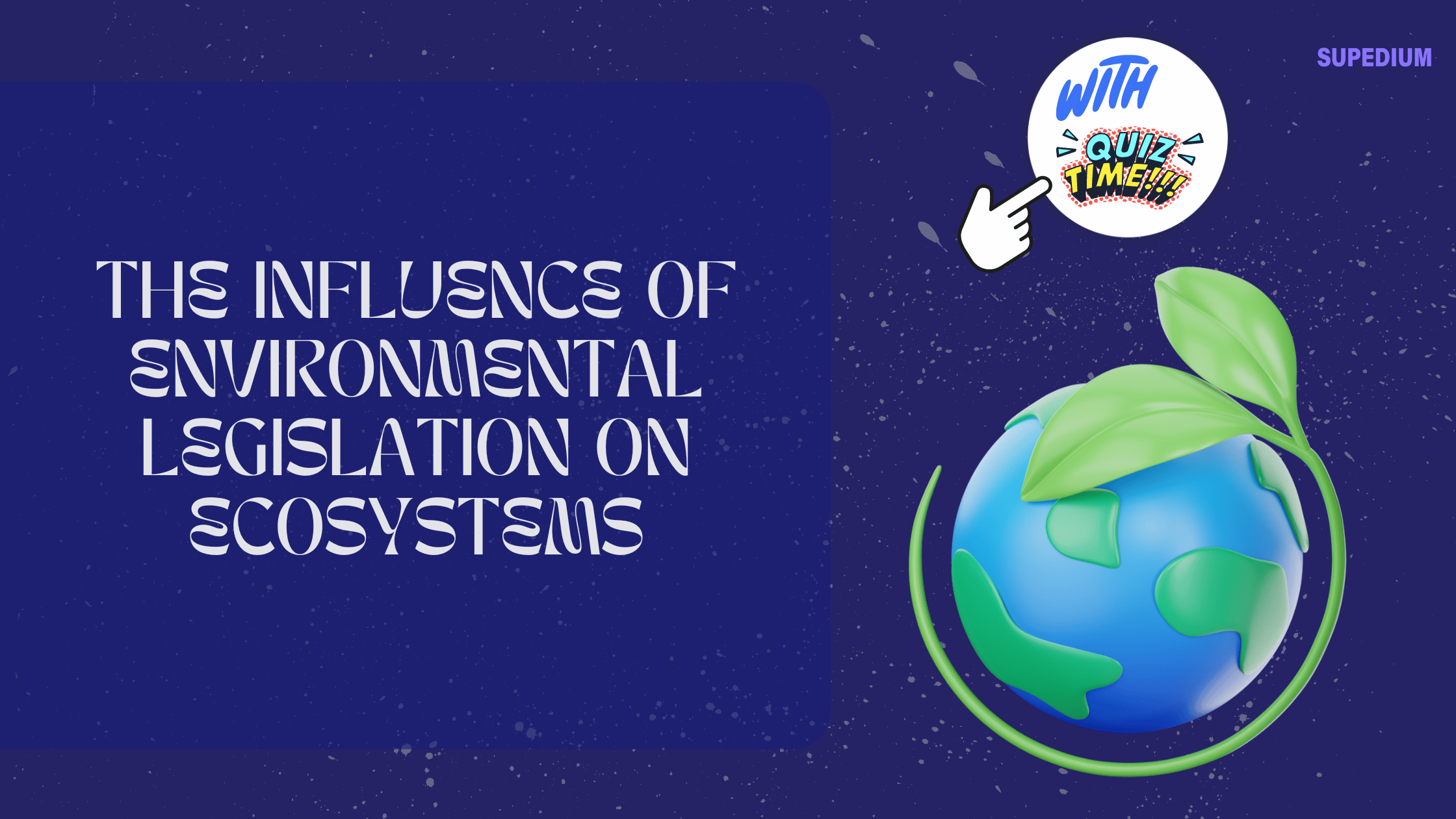Table of Contents
![]()
I. Introduction
Occupational Burnout is a complex phenomenon that affects many workers across various fields. It is characterized by three primary dimensions: emotional exhaustion, depersonalization, and a diminished sense of personal accomplishment. This condition not only impacts the individual experiencing burnout but also has significant repercussions for organizations and society at large. Recognizing and addressing burnout is crucial for maintaining a healthy and productive workforce.
II. Historical Background
The term “burnout” was first coined by psychologist Herbert Freudenberger in the 1970s. Freudenberger used it to describe the exhaustion he observed among healthcare workers, a concept that has since expanded to encompass various professions. Over the years, research on burnout has evolved, leading to the development of several burnout scales and frameworks, such as the Maslach Burnout Inventory, which have helped in identifying and understanding burnout across different fields.
III. Causes and Risk Factors
A. Job-Related Factors
Burnout often stems from job-related factors. Heavy workloads and high pressure can overwhelm employees, leading to emotional exhaustion. Role ambiguity and conflict occur when job expectations are unclear or conflicting, contributing to stress and dissatisfaction. A lack of control over one’s work and job insecurity further exacerbates these issues, making it difficult for employees to feel stable and engaged.
B. Organizational Factors
The organizational environment plays a significant role in burnout. Management style, whether it is supportive or authoritarian, can greatly influence employee well-being. Work environment and culture, including aspects such as workplace support and recognition, also impact burnout levels. Additionally, organizational changes such as restructuring can create instability, increasing stress and burnout among employees.
C. Individual Factors
Individual differences contribute to the susceptibility to burnout. Certain personality traits, such as perfectionism and high achievement orientation, can increase the likelihood of experiencing burnout. Personal life stressors, such as family issues or financial problems, can also exacerbate job-related stress. Balancing work and personal life is crucial in mitigating burnout.
IV. Symptoms and Signs
A. Emotional Symptoms
Emotional exhaustion is a core symptom of burnout. Individuals may feel chronically tired, drained, and overwhelmed by their work. Cynicism and detachment from one’s job and colleagues often follow, leading to a negative attitude towards work. Feelings of inadequacy and low self-worth are also common, as individuals may feel they are not meeting their own or others’ expectations.
B. Behavioral Symptoms
Behaviorally, individuals experiencing burnout may exhibit increased absenteeism and a noticeable decline in job performance. They might withdraw from colleagues and avoid workplace interactions, leading to a more isolated work environment. These changes in behavior can further contribute to a negative work atmosphere.
C. Physical Symptoms
Burnout can manifest physically through symptoms such as sleep disturbances, including insomnia or excessive sleeping. Physical health problems, such as headaches and gastrointestinal issues, are also common. Additionally, individuals with burnout may experience a higher frequency of illnesses due to a weakened immune system.
V. Impacts of Burnout
A. On Individuals
The impacts of burnout on individuals are profound. Mental health issues such as depression and anxiety are frequently associated with burnout. Physical health can also deteriorate, with chronic stress contributing to various ailments. Personal relationships may suffer as individuals may have less emotional energy to invest in their personal lives, leading to strained interactions with family and friends.
B. On Organizations
Organizations experience numerous negative consequences as a result of burnout. Productivity often decreases, as burnt-out employees are less effective and less engaged in their tasks. Turnover rates may rise as employees leave their jobs in search of less stressful environments, leading to increased recruitment and training costs. Overall employee morale and engagement decline, creating a challenging work environment.
C. On Society
The societal impact of burnout extends to economic costs, including healthcare expenses and lost productivity. Public health concerns arise as burnout contributes to broader mental health issues, affecting community well-being and healthcare systems.
VI. Prevention and Management Strategies
A. Individual Strategies
For individuals, managing burnout involves adopting self-care practices and stress management techniques. Effective time management and prioritization can help reduce work overload. Seeking professional help from counselors or therapists can provide support and coping strategies for managing stress and burnout.
B. Organizational Strategies
Organizations can play a pivotal role in preventing burnout by fostering a supportive work environment. Implementing workload management practices, such as fair distribution of tasks and providing adequate resources, can alleviate stress. Offering mental health resources and support services, such as employee assistance programs, helps employees manage their well-being effectively.
C. Policy and System-Level Strategies
At a broader level, implementing work regulations and standards can address systemic issues contributing to burnout. Programs that promote employee well-being, including flexible work arrangements and wellness initiatives, can be beneficial. Encouraging a culture of work-life balance through organizational policies and practices is also essential.
VII. Case Studies and Examples
A. Success Stories in Burnout Prevention
Several organizations have successfully implemented burnout prevention strategies. For example, companies like Google and Salesforce have introduced comprehensive wellness programs and supportive work environments that focus on employee well-being, resulting in lower burnout rates.
B. Lessons Learned from High-Profile Burnout Cases
High-profile cases of burnout, such as those observed in the healthcare and tech industries, highlight the importance of proactive management and support systems. Analysis of these cases provides valuable insights into effective strategies for preventing and addressing burnout.
VIII. Future Directions
A. Emerging Research Areas
Future research is exploring the impact of technology and remote work on burnout. Studies are investigating how digital communication tools and remote work arrangements affect stress levels and job satisfaction. Long-term effects of burnout, including chronic health issues and career implications, are also areas of ongoing research.
B. Innovations in Prevention and Treatment
Innovations such as digital mental health tools and virtual counseling are emerging to address burnout. Integrating technology into mental health support can provide accessible and effective solutions for managing stress. Additionally, leadership training programs are being developed to help leaders create supportive work environments.
C. The Role of Leadership in Addressing Burnout
Leadership plays a crucial role in addressing burnout. Training programs that focus on developing empathetic and supportive leadership skills can help create a positive work culture. Leaders who prioritize employee well-being and model healthy work behaviors can significantly impact burnout prevention.
IX. Conclusion
Understanding and addressing occupational burnout is essential for promoting a healthy and productive workforce. By recognizing the causes and symptoms of burnout and implementing effective prevention and management strategies, individuals, organizations, and policymakers can work together to mitigate its impact. Continued research and innovative approaches will be key in addressing this ongoing challenge.
Share This





Be the first to comment